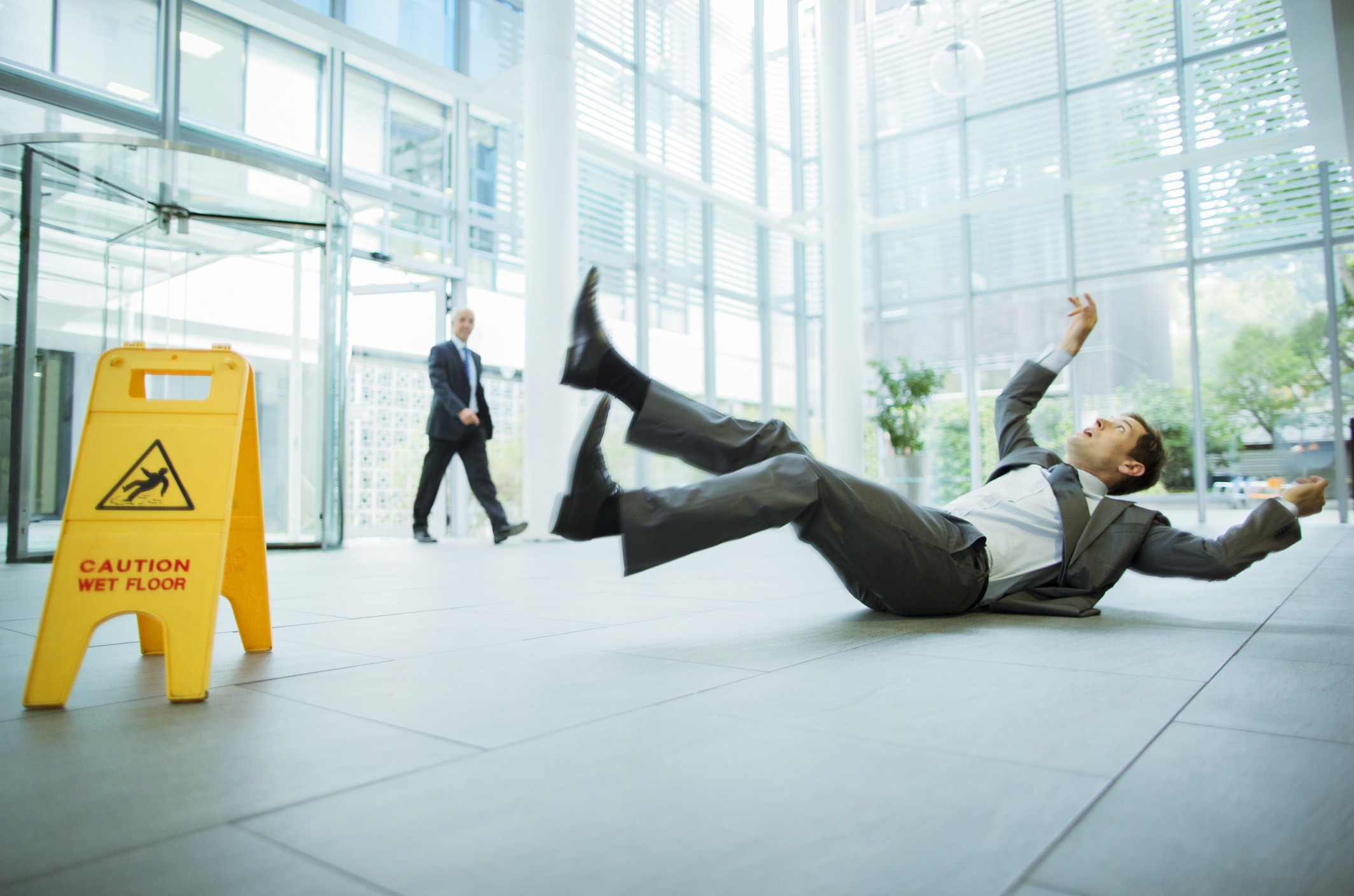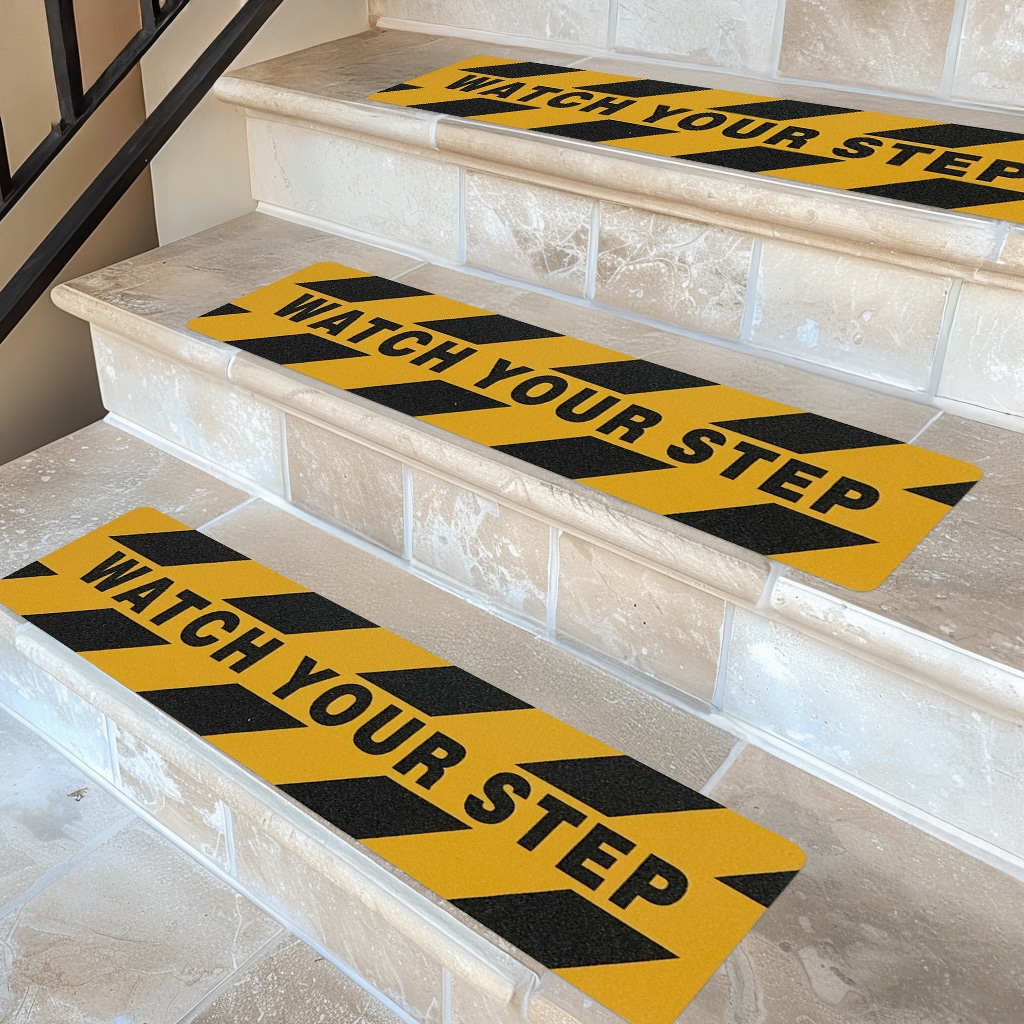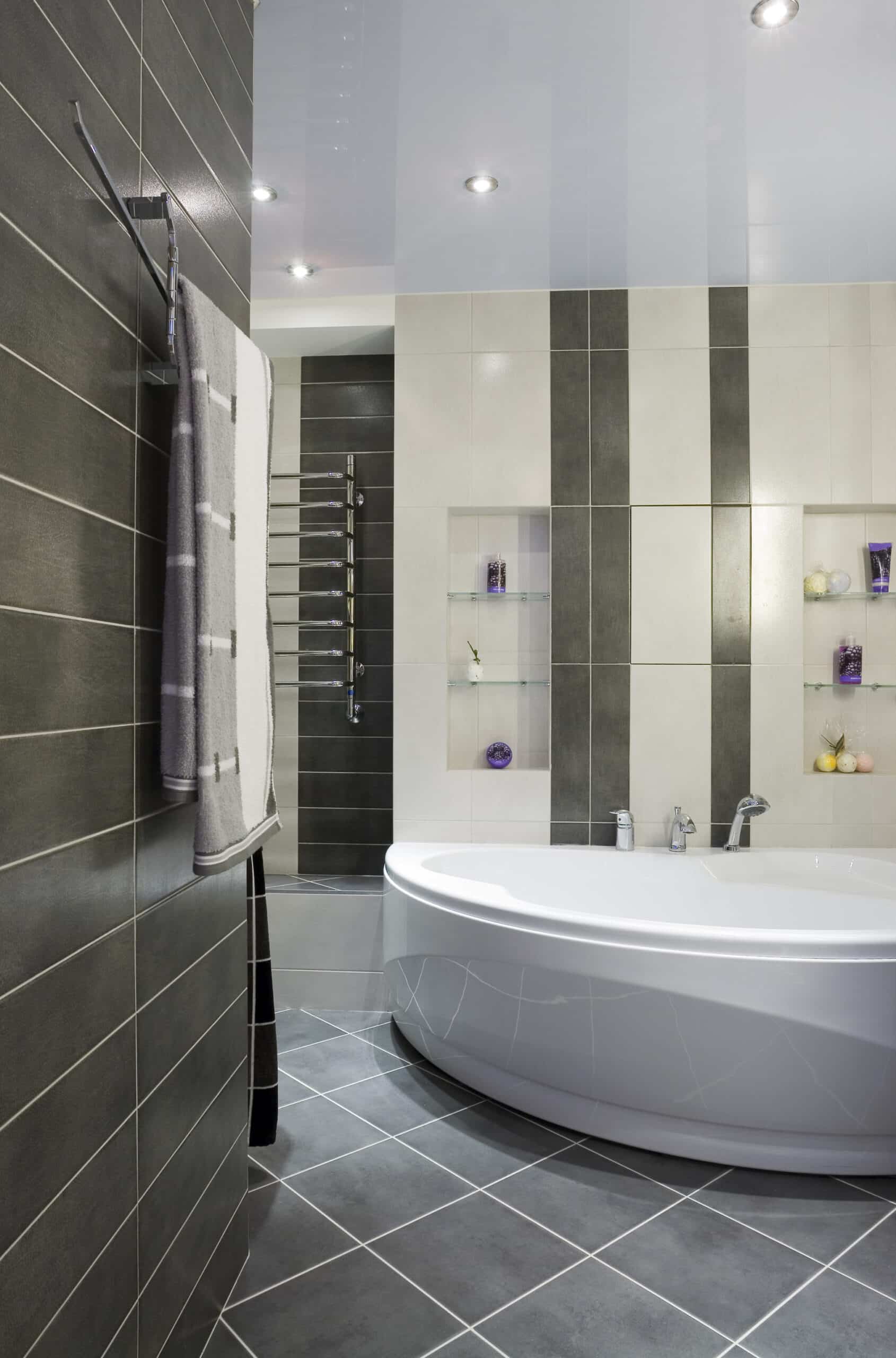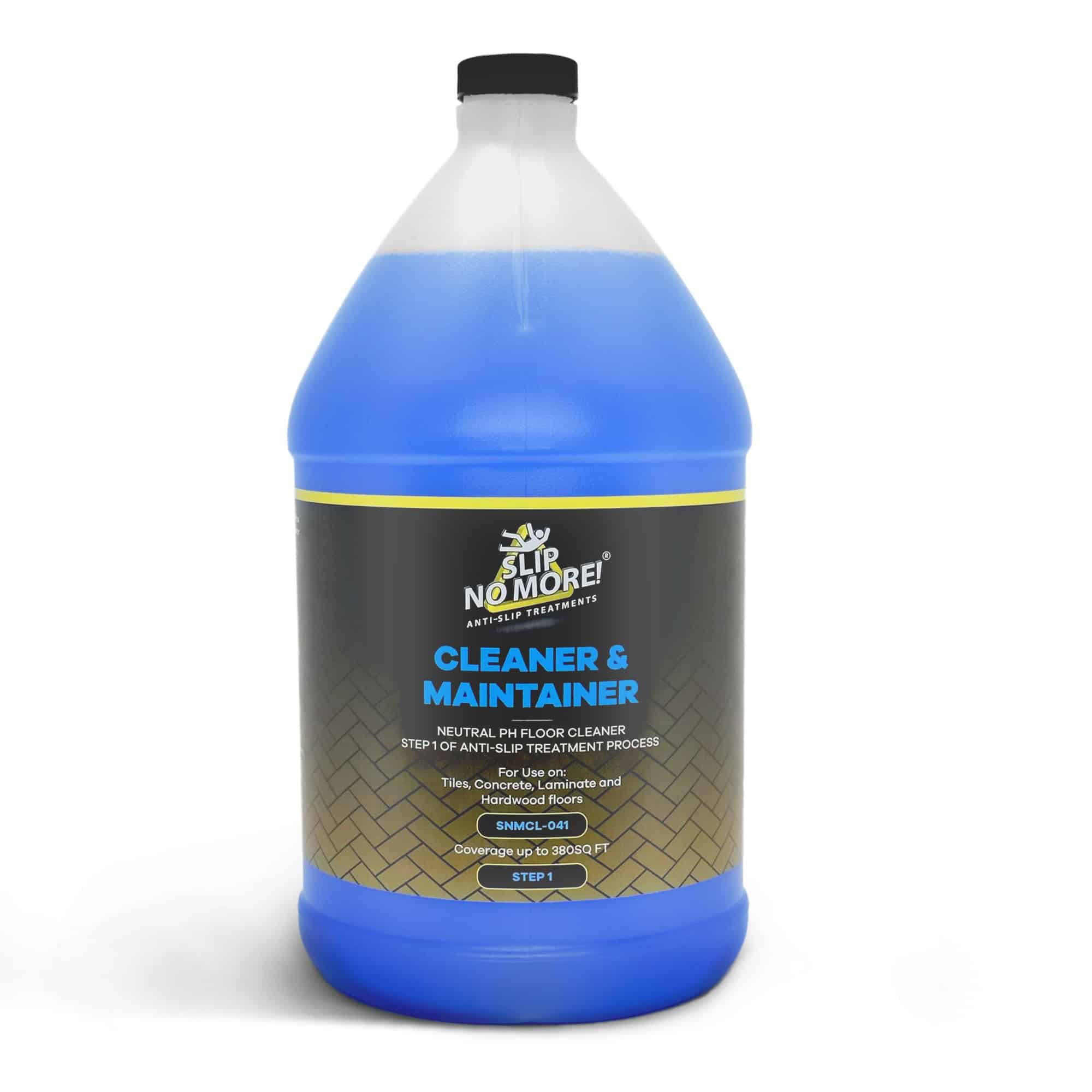Choosing the right anti-slip flooring is essential to maintain a safe and accident-free environment, whether it’s for your home, workplace, or commercial space. With numerous available options, finding the perfect flooring that matches your specific needs and requirements can be overwhelming. This article will guide you through the factors to consider when selecting anti-slip flooring, helping you make a well-informed decision.
Safety should be the top priority when it comes to flooring choices, especially in areas prone to accidents, such as kitchens, bathrooms, or outdoor spaces. Factors like material, surface texture, and coefficient of friction play a significant role in determining a floor’s slip resistance.
Additionally, considering the traffic volume, ease of maintenance, and aesthetic appeal are equally important. What works for a residential setting might not suit a high-traffic commercial space. Balancing functionality with the desired aesthetics requires careful consideration.
Whether you are remodeling an existing space or starting from scratch, this article provides the necessary information to decide on selecting the right anti-slip flooring product for your needs.
The importance of anti-slip flooring
Slip and fall accidents can result in severe injuries and costly legal consequences. Choosing anti-slip flooring products is crucial to prevent such incidents and ensure the safety of everyone who walks on your floors. Anti-slip flooring provides a secure and stable surface, minimizing the risk of slips and falls.
In environments where liquid spills or wet conditions are everyday, such as kitchens, bathrooms, or outdoor areas, the importance of anti-slip flooring becomes even more evident. It offers enhanced traction, reducing the chances of accidents and injuries. Moreover, anti-slip flooring benefits high-risk areas and adds an extra layer of safety and peace of mind to any space.
When selecting anti-slip flooring, it’s essential to consider various factors that contribute to its slip resistance. These factors will help you determine the most suitable flooring option for your needs and requirements.
Types of anti-skid flooring materials
Different materials offer varying degrees of slip resistance. Understanding the pros and cons of each material will assist you in making an informed decision. Here are some common types of anti-slip flooring materials:
1. Rubber Flooring: Rubber flooring is famous for its excellent slip resistance and durability. It provides a high coefficient of friction, even when wet, making it ideal for areas prone to spills or wet conditions. Rubber flooring is also comfortable to walk on and offers noise-reduction properties. It is available in various designs and colors, making it a versatile option for residential and commercial spaces.
2. Vinyl Flooring: Vinyl flooring is another popular choice for anti-slip surfaces. It offers good slip resistance and is highly resistant to water and stains. Vinyl flooring is available in various designs, mimicking natural materials like wood, stone, or tile. It is easy to clean and maintain, making it suitable for residential and commercial applications. However, it may not be as durable as rubber flooring and requires occasional refinishing.
3. Porcelain or Ceramic Tiles: Porcelain or ceramic tiles are commonly used in bathrooms, kitchens, and outdoor areas due to their slip-resistant properties. These tiles are available in various textures and finishes, providing excellent traction. However, it’s essential to select tiles designed explicitly for slip resistance, as not all porcelain or ceramic tiles offer the same level of slip resistance. The coefficient of friction ratings should be considered when choosing these tiles for anti-slip purposes. Applying anti-slip treatments to these tiles can help more than you think. These products are effective and last for years.
4. Epoxy Flooring: Epoxy flooring is a durable and highly customizable option for anti-slip surfaces. It consists of a resin and hardener mixture forming a firm, chemical-resistant surface. Adding aggregates, such as quartz or aluminum oxide, enhances its slip resistance. Epoxy flooring is commonly used in industrial settings, but it can also be applied in residential or commercial spaces where slip resistance is a priority.
These are just a few examples of anti-slip flooring materials. Exploring and comparing options is essential to find the most suitable flooring material for your specific needs.
Factors to consider when choosing non-slip flooring
When selecting anti-slip flooring, several factors should be considered to ensure the best possible choice for your space. Consider the following:
1. Coefficient of Friction: The coefficient of friction measures how slippery a surface is. It’s important to choose flooring materials with a high coefficient of friction to ensure slip resistance. The higher the value, the better the slip resistance.
2. Surface Texture: The texture of the flooring surface plays a crucial role in slip resistance. A rougher or textured surface provides better traction, reducing the chances of slips and falls. Consider flooring options with textures explicitly designed for anti-slip purposes.
3. Traffic Volume: The amount of foot traffic your space receives is an important consideration when choosing anti-slip flooring. High-traffic areas require more durable and wear-resistant flooring options to maintain their slip resistance and appearance over time.
4. Ease of Maintenance: Consider the maintenance requirements of the flooring material. Some materials may require regular cleaning or unique treatments to maintain slip resistance. Choose easy flooring options to clean and maintain without compromising their slip-resistant properties.
5. Aesthetic Appeal: While safety is paramount, the aesthetic appeal of the flooring should also be considered. Look for anti-slip flooring options that complement your space’s overall design and style. With a wide range of designs and colors, you can find an option that combines safety with visual appeal.
By considering these factors, you can ensure that the anti-slip flooring you choose meets both your safety requirements and design preferences.
Durability and maintenance of anti-slip flooring
Apart from slip resistance, the durability and maintenance of anti-slip flooring are crucial factors to consider. The flooring material should withstand heavy use and maintain its slip-resistance properties.
Rubber flooring, for example, is known for its durability and resilience. It can withstand high foot traffic and is resistant to wear and tear. Regular cleaning and occasional reapplication of a slip-resistant coating can help maintain its slip-resistance properties.
Vinyl flooring is also durable and easy to maintain. It requires regular sweeping and mopping to keep it free from dirt and debris. Some vinyl flooring options have a protective layer that enhances their slip resistance and makes them more resistant to scratches and stains.
Porcelain or ceramic tiles are generally durable and resistant to moisture, making them suitable for high-moisture areas. Regular cleaning and ensuring that the grout lines are clean and in good condition can help maintain their slip resistance.
Epoxy flooring is highly durable and chemical-resistant, making it an excellent choice for industrial or high-traffic areas. Regular cleaning with non-abrasive cleaners and occasional reapplication of a slip-resistant coating can help maintain its slip-resistance properties.
Understanding the maintenance requirements of different anti-slip flooring materials will help you choose a flooring option that suits your maintenance capabilities and ensures its longevity.
Cost considerations for anti-skid flooring
The cost of anti-slip flooring can vary depending on the material, installation complexity, and the size of the area to be covered. It’s essential to consider the upfront costs and the long-term expenses associated with the flooring choice.
Rubber flooring is highly durable but can have a higher initial cost than other options. However, its longevity and low maintenance requirements can make it a cost-effective choice in the long run.
Vinyl flooring is generally more affordable compared to rubber or ceramic tiles. Its ease of installation and low maintenance requirements contribute to its overall cost-effectiveness.
Porcelain or ceramic tiles can cost anywhere from $ $ to $, depending on the quality, design, and size. While they may have a higher upfront cost, their durability and long lifespan make them a cost-effective choice in the long term.
Epoxy flooring can have higher installation costs due to its specialized installation process. However, its durability and resistance to wear and tear can result in long-term cost savings.
When choosing anti-slip flooring, consider your budget and long-term cost projections. Balance cost and quality to make the most suitable choice for your space.
Installation process for non-slip flooring
The installation process of anti-slip flooring varies depending on the material chosen. Some flooring options, such as rubber or vinyl, can be installed as a DIY project, while others, like epoxy flooring, require professional installation.
Before starting the installation, it’s essential to prepare the subfloor properly. The subfloor should be clean, dry, and level to ensure a secure installation and optimal slip resistance.
For self-installation options like rubber or vinyl flooring, follow the manufacturer’s instructions carefully. These flooring materials often come in interlocking or adhesive-backed tiles or rolls, making installation relatively straightforward.
Professional installation is highly recommended for epoxy flooring. The process typically involves thorough surface preparation, application of the epoxy resin, and the addition of aggregates to enhance slip resistance. Professional installers have the expertise and tools to ensure a seamless and durable installation.
Whether you install the anti-slip flooring yourself or hire professionals, following the recommended installation guidelines is crucial to achieve the desired slip resistance and longevity.
Choosing the right anti-slip flooring for different environments
Different environments have varying requirements when it comes to anti-slip flooring. Here are some considerations for other spaces:
1. Residential Spaces: In residential settings, the choice of anti-slip flooring depends on the specific area. Rubber or vinyl flooring can be excellent for kitchens and bathrooms due to their slip resistance, durability, and easy maintenance. Porcelain or ceramic tiles with a textured surface can provide the necessary traction in outdoor areas.
2. Commercial Spaces: High-traffic commercial spaces require durable and slip-resistant flooring options. Rubber flooring is often used in commercial kitchens, bars, or restaurants due to its excellent slip resistance and ease of cleaning. Epoxy flooring is famous for industrial or warehouse environments, providing slip resistance and durability. Vinyl flooring options with enhanced slip-resistance properties are suitable for retail spaces or offices.
3. Healthcare Facilities: Safety and hygiene are paramount in healthcare facilities. Rubber or vinyl flooring with antimicrobial properties can ensure a clean and slip-resistant environment. These flooring options are easy to clean and maintain, making them suitable for healthcare settings.
4. Educational Institutions: Schools and universities require flooring options that can withstand heavy foot traffic and provide slip resistance. Rubber flooring is often used in gymnasiums or sports facilities due to its durability and shock-absorbing properties. Vinyl flooring with slip-resistant features suits classrooms, hallways, or common areas.
When choosing anti-slip flooring for different environments, consider the specific needs and requirements of the space to ensure optimal safety and functionality.
Benefits of professional installation for anti-slip flooring
While some anti-slip flooring materials can be installed as DIY projects, professional installation offers several advantages:
1. Expertise and Experience: Professional installers have the expertise and experience to ensure proper installation and optimal slip resistance. They can handle the intricacies involved in surface preparation, adhesive application, and accurate placement.
2. Time and Cost Efficiency: Professional installation can save time and effort. Installers are equipped with the tools and resources to complete the project efficiently. They can also provide guidance on the most cost-effective options and help you avoid costly mistakes.
3. Warranty and Quality Assurance: Professional installation often comes with warranties that provide peace of mind. If there are any issues, you can rely on the installer to address them promptly. Professional installation also ensures that the flooring meets industry standards and maintains its slip-resistance properties.
While DIY installation can be a viable option for certain anti-slip flooring materials, professional installation offers numerous benefits that can contribute to the overall quality and longevity of your flooring.
Case studies and success stories of using non-slip flooring
Real-life examples and success stories can provide valuable insights into the effectiveness of anti-slip flooring. Here are a few case studies:
1. Restaurant A: Restaurant A installed rubber flooring in its kitchen and dining areas to enhance slip resistance and ensure the safety of its staff and customers. The flooring’s slip-resistant properties reduced accidents and improved overall safety. The restaurant’s management also praised the flooring’s durability and ease of maintenance.
2. Retail Store B: Retail Store B chose vinyl flooring with enhanced slip-resistance properties for its high-traffic sales floor. The flooring provided a secure and stable surface for customers and employees, significantly reducing slip and fall incidents. The store’s management appreciated the flooring’s low maintenance requirements and ability to withstand heavy use.
3. Hospital C: Hospital C opted for epoxy flooring in its operating rooms and corridors. The flooring’s slip-resistance properties ensured a safe environment for medical staff and patients. The seamless epoxy flooring installation eliminated trip hazards and facilitated easy cleaning and disinfection, contributing to a hygienic healthcare setting.
These case studies highlight the positive impact of anti-slip flooring in various environments, underscoring the importance of choosing the right flooring to ensure safety and functionality.
Conclusion: Making the right choice for your anti-skid flooring needs
Choosing the right anti-slip flooring is essential to maintain a safe and accident-free environment. By considering factors like material, surface texture, coefficient of friction, traffic volume, maintenance requirements, and aesthetic appeal, you can make an informed decision that meets your needs.
Durability, cost, and installation complexities are essential considerations when selecting anti-slip flooring. Professional installation offers numerous benefits, ensuring optimal slip resistance and quality.
Real-life case studies and success stories demonstrate the effectiveness of anti-slip flooring in various environments, reinforcing the importance of selecting the right flooring option to prevent accidents and injuries.
By prioritizing safety and considering all the relevant factors, you can choose the perfect anti-slip flooring that not only meets your requirements but also enhances the overall functionality and aesthetics of your space.
About Slip No More
With more than 15 years of experience in the slip-prevention industry, our anti-slip flooring products are developed to solve the problem of slippery floors in all areas. Specializing in floor safety, the company has become synonymous with reliable solutions for preventing slips and falls.
Slip No More offers various anti-slip products designed for different surfaces.
As part of our global expansion strategy, we actively engage with our audience on various social media platforms. Slip No More maintains a strong presence on platforms like Facebook, Instagram, Twitter, Linked In, and YouTube. We love connecting with customers and sharing valuable insights on safety measures. This strategic use of social media fosters brand awareness and allows us to interact directly with our diverse customer base.
If you found this article helpful, take a look at our related articles:





